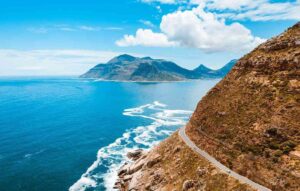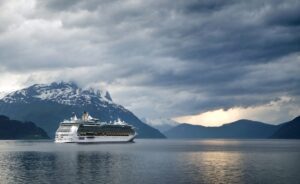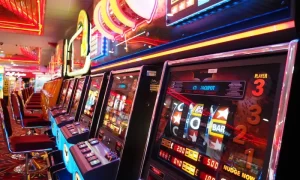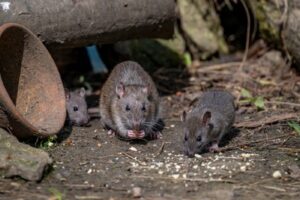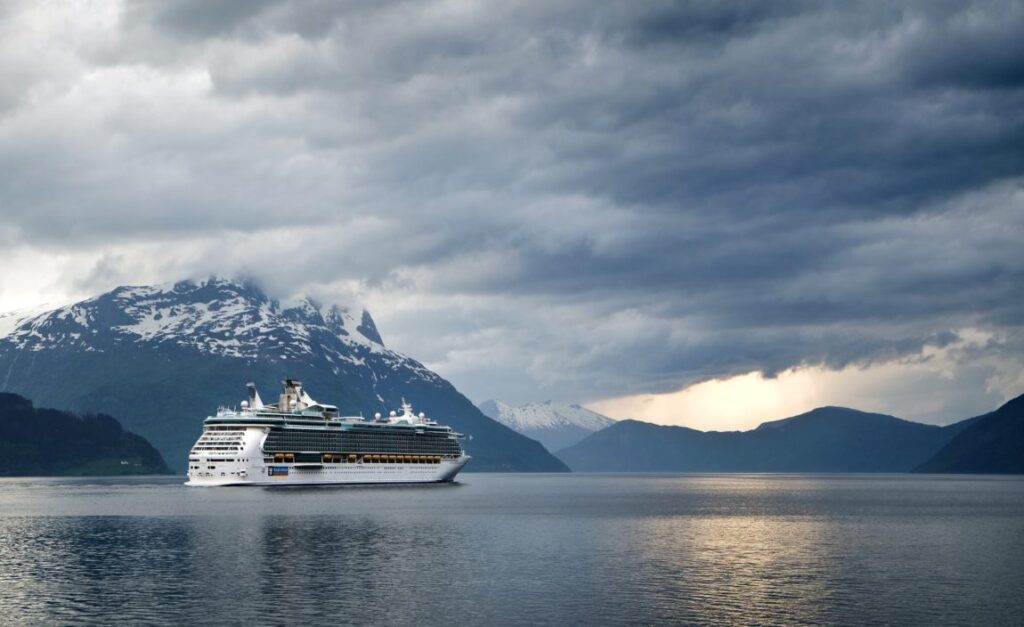
Alaska’s vast wilderness offers a unique setting for photography, with its glaciers, wildlife, and coastal landscapes. Capturing quality images during a cruise through Alaska’s Inside Passage requires attention to natural light and environmental conditions. Photographs often reflect the region’s changing weather and expansive views, making preparation necessary for successful photography.
Understanding Light and Weather in Coastal Regions
The light in Alaska varies significantly depending on the season and location. During summer cruises in Southeast Alaska, long daylight hours provide soft, natural lighting in the early morning and late evening, which helps create memorable Alaska cruise pictures. Overcast skies along the coast create soft, diffused light that reveals more detail in landscapes and wildlife. Rapid weather changes mean adjusting camera settings quickly is essential.
The mix of fog, rain, and sunshine adds atmosphere and mood to photos. Understanding lighting changes enhances photo quality aboard and ashore. Cruises through Alaska’s Inside Passage offer close glacier and wildlife views. Flexible itineraries and expert staff support travelers in adapting to weather and light for improved photography opportunities throughout the journey.
Choosing Suitable Equipment for the Environment
The choice of camera and lenses depends on the subjects and shooting conditions expected along the cruise route. A camera capable of handling low light is beneficial due to often cloudy weather and the soft light of dawn or dusk. A zoom lens allows for photographing distant wildlife, such as whales or eagles, without disturbing them.
Wide-angle lenses help capture the grandeur of glaciers and coastal fjords. Extra batteries are essential because cold temperatures can reduce battery life faster than usual. Protecting equipment from moisture and sea spray with weather-resistant covers helps maintain functionality throughout the trip.
Applying Composition Techniques to Alaska Scenes
Effective composition enhances the storytelling aspect of photographs from Alaska cruises. Positioning subjects according to the rule of thirds can create balanced images that draw the viewer’s attention naturally. Using leading lines, such as the edge of a glacier or a shoreline, guides the eye through the photograph and adds depth.
Including elements in the foreground, like rocks or vegetation, provides scale and perspective to large landscapes. Framing scenes with natural features like trees or boat railings helps focus attention on the main subjects. Considering composition before shooting can lead to images that better reflect the beauty of the state’s environment.
Capturing Wildlife with Respect and Care
Wildlife is a significant part of the Alaska cruise experience, and photographing animals requires patience and sensitivity. Maintaining distance ensures safety for both the animals and photographers while also adhering to local wildlife viewing guidelines. Using a telephoto lens allows for clear close-ups without intrusion.
Observing animal behavior can help anticipate movements, improving the chance of capturing interesting poses or actions. Patience is often necessary, as animals may appear suddenly or remain hidden for long periods. Documenting wildlife respectfully contributes to ethical photography and enjoyable viewing experiences.
Adapting Photography Practices on a Moving Vessel
Taking photos from a cruise ship involves dealing with motion and space limitations. Stabilizing the camera by resting it on railings or using a small tripod helps reduce image blur caused by ship movement.
Exploring different vantage points on various decks can provide fresh perspectives of glaciers, shorelines, and passing wildlife. Being ready with the camera is beneficial since scenes can change rapidly while the ship moves. C
Basic Post-Processing for Natural Results
After returning from the cruise, reviewing and editing Alaska cruise pictures can help enhance specific details. Adjusting exposure and contrast can bring out textures in glaciers and water reflections. Slight color corrections may be applied to represent better natural tones seen during the trip. Cropping images can improve framing without significantly altering the original scene.
Photographing during a cruise involves understanding the region’s unique light, weather, and wildlife conditions. Applying appropriate equipment choices and composition techniques contributes to meaningful image capture. The challenge of working from a moving vessel requires practical adjustments but also offers varied perspectives of the coastal environment.
